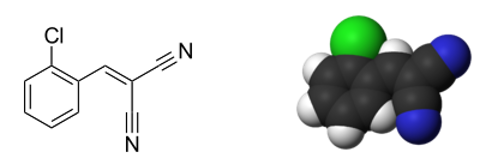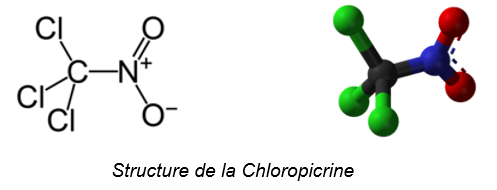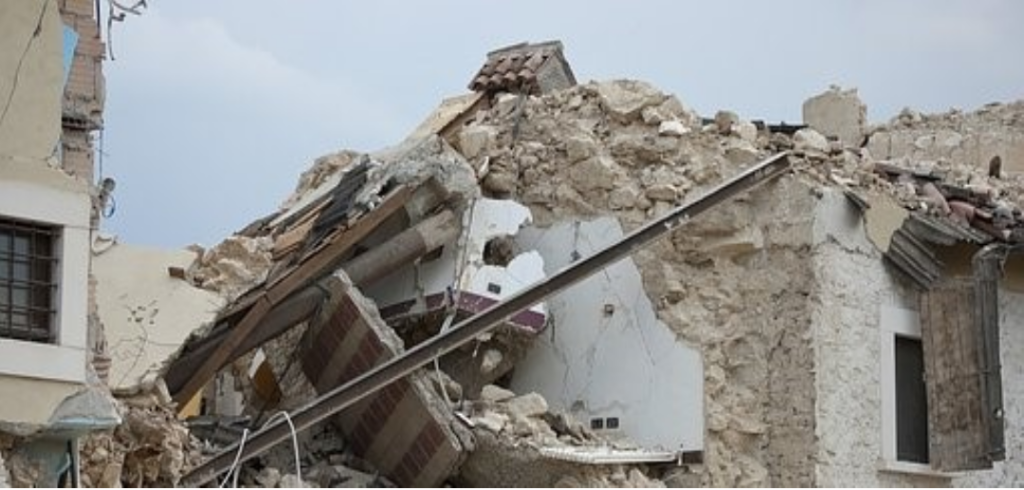Dr Jean-Luc Fortin
INTRODUCTION
Different allegations from different sources testify to the use of chemical weapons in Ukraine during the conflict from 2022. Which is formally prohibited by the Chemical Weapons Convention (CWC) established in Paris in 1997, of which Russia is yet a signatory. This convention prohibits any use in the context of armed conflict. However, it does not regulate the use of chemical substances in the context of maintaining public order. (1, 2).
As early as March 2022, NATO, through its Secretary General Jens Stoltenberg, warned against the possible use of chemical weapons by Russia. “We must remain vigilant because Russia itself could be planning operations using chemical weapons. It would be a war crime.”
Currently we are probably seeing an increase in the use of chemical weapons by the Russian army since the Ukrainian authorities have counted more than 600 uses of chemical weapons since 2022, including 91 for the month of December 2023 alone.
Chemical weapons used
Currently the only weapons that have been used so far by Russian forces are incapacitating agents, of two kinds:
- CS gas or 2-chlorobenzylidene malonitrile. The effects can range from moderate tearing to an immediate state of prostration accompanied by digestive signs, such as major nausea, uncontrollable vomiting, internal bleeding, pulmonary edema and serious respiratory distress (fatal for the most fragile). in high doses.

Structure of 2-chlorobenzylidène malonitrile
chloropicrin which is an emetic agent was used during the First World War and it seems that recently it was used during the Ukrainian conflict by Russian forces.

Use
As early as May 2023, near the village of Spirne, a battalion commander identified as Vladislav Vodolazsky claimed to have used drones to drop K-51 chemical grenades on Ukrainian positions.
An LCI dispatch published on January 15, 2024 provides elements emerging from the Ukrainian authorities as well as testimonies collected on the ground, by journalist Gwendoline de Bono for LCI. “First a kamikaze drone hit the armor and at the same place, coming from the other side, another drone arrived with this gas”, recounts soldier Bekha of the 65th brigade “There was still a gas blue that we saw on the ground. We were already in bed because the first drone surprised us immediately, the second drone arrived and poisoned us. We felt instantly nauseous and our throats were burning,” he tells us. “I was crying, it was impossible to open my eyes,” says his companion next to him.
Other international press articles such as that of Libannews published on April 7, 2023 also state that Russia would have used Chloropicrin in the Kherson region from September 2022. This use was made public by the radical group “Rusich” on its channel official Telegram. In August 2023, information from August 8, 2023 relayed by France info attests that General Oleksandr Tarnavsky, commander of the Tavria military sector, assured that, the day before, Russian soldiers had “carried out two barrages [massive firing technique ] using multiple rocket launchers with munitions containing a chemical substance.” According to his message, it was chloropicrin.
More recently, a France 24 report published on August 7, 2023, states that Russia may have used chemical munitions. “Two salvos of shells containing chloropicrin” were reportedly launched against Ukrainian troops, specifies Emmanuelle Chaze, France 24 correspondent.
CONCLUSION
If the use of drifting toxic vapors and chemical shells during an armed conflict dates back to the First World War, the apparently large-scale vectorization of chemical weapons by drones is new and is revealed by the Ukrainian conflict.
Attached to a drone, chemical grenades with incapacitating agents are most often dropped into the windpipes to destabilize the enemy before attacking them.
We are thus witnessing a new revolution in the vectorization of chemical weapons
For the moment only the tactical use of incapacitating agents seems to be effective by the Russian forces, but the possible use of lethal agents must be feared by the Ukrainian army and the Western armies who must prepare for it without delay. .
BIBLIOGRAPHY
J.L. FORTIN
Chemical warfare and care for the wounded affected by the consequences of acts of terrorism or armed conflicts
International CBRNe Institute Sambreville (Belgium) – June 6, 2023
OBE L-P, CROUCH D.
Have chemical weapons been used in Ukraine?
Royal United Services Institute (RUSI) – June 6, 2023
France 24
Russia allegedly used chemical weapons near Zaporizhzhia according to kyiv
August 7, 2023
DE BONO G., SOUHAUT C.
LCI investigation
Russian poison gas on the front lines in Ukraine?
January 15, 2024
LANDER N., ARICK R., SKALUBA C.
Conceptualizing integrated deterrence to address russian chemical, biological, radiological and nuclear (CBRN) escalation
Atlantic Council – 2023



